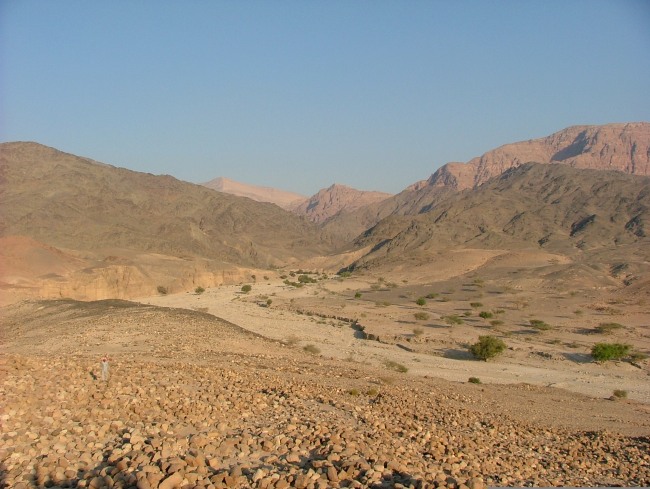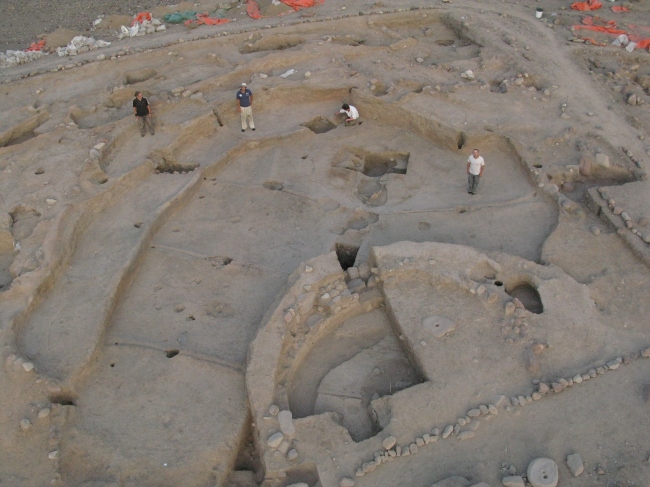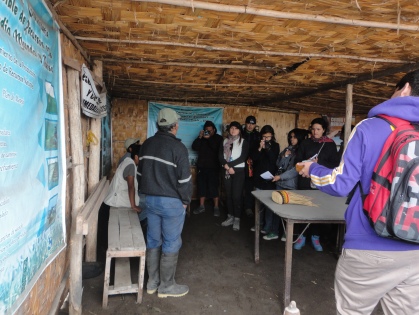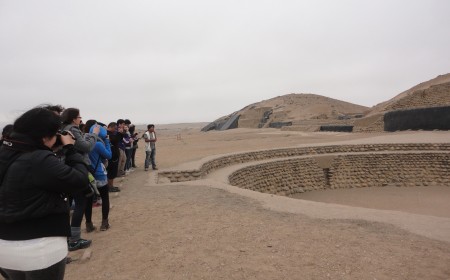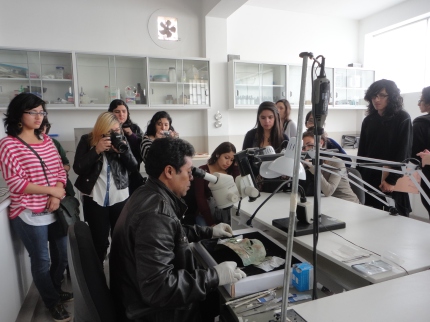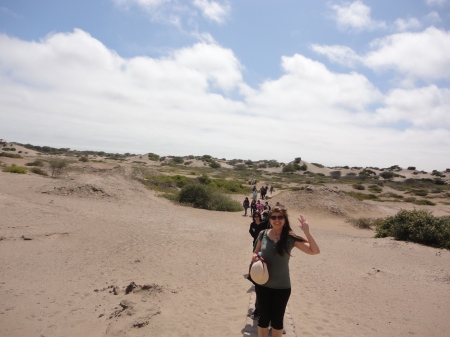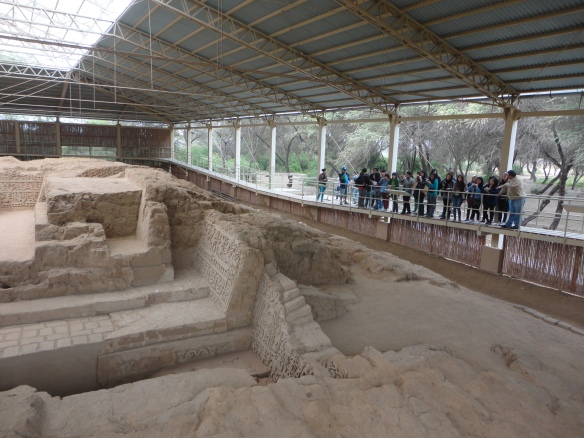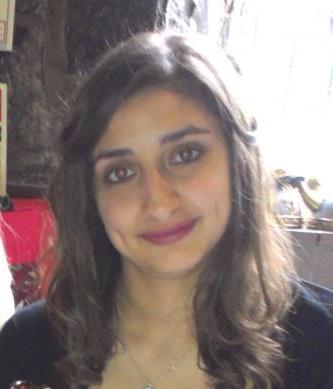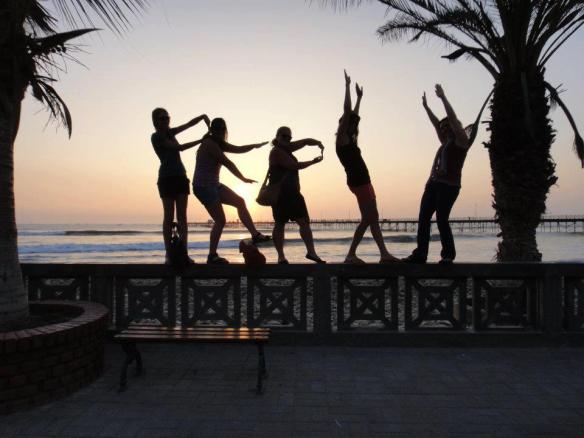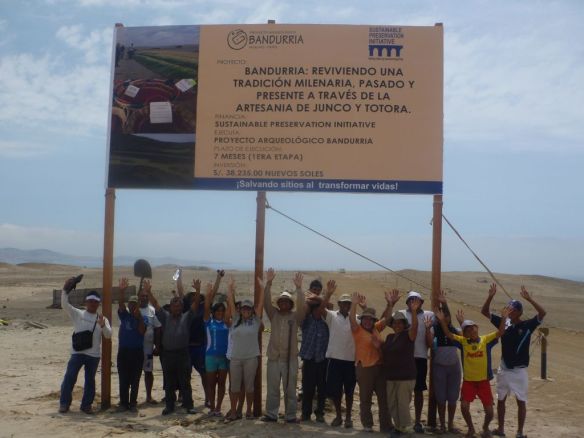There exists an astounding hidden economic potential within the archaeological sites of the Wadi Faynan region in Jordan. The following post written by Dr. Paul Burtenshaw imparts his work and insight into the potential for preservation and development in this area. Currently a Research Fellow at the Centre of British Research in the Levant, Amman, Jordan, Paul completed his PhD looking at the economic value of archaeology at the Institute of Archaeology, UCL. This research explored conceptual approaches to archaeology as an economic asset, the role it plays in motivating preservation and how it is measured and managed. Paul has completed economic impact assessments of archaeology in Scotland and Jordan, is the group leader of the Archaeology and Development Research Network and has worked for several years in the heritage, and wider, tourism industry.
‘[It is] one thing to discover [archaeological sites] and then leave them to sleep, it is another to make tourists come and make money for the community’ – Wadi Faynan resident
More than 25 years of research in Wadi Faynan – a spectacular landscape in southern Jordan between the Edom Mountains and the Israeli border – has uncovered some of the most significant archaeology of the Middle East. However as one member of the local community there described to me, these giants of archaeology remain asleep; a resource with great potential to benefit their lives, but one which currently rests unused.
Wadi Faynan. (Photo credit: P. Burtenshaw)
Jordan is famous for its ancient sites, none more so than Petra, hailed as one of the ‘New 7 Wonders’ of the world. However tourism in Jordan can often focus on only the most iconic sites, leaving vast archaeological riches unheard of, and greatly limiting the communities that may benefit from the industry. As the projects with which SPI is involved demonstrate, a great variety of archaeology has the potential to bring economic benefits to communities though tourism, and in doing so can help ensure the long-term survival of the archaeology itself. While some sites grab tourists’ attention with visually spectacular monuments, the appeal of many places lies in the stories they tell, about the people of the past and of their role in shaping the world we inhabit in the present. In Wadi Faynan, it is the strength of these stories which gives the archaeological remains the potential to be of service to local people today.
Wadi Faynan can lay claim to being one of the oldest continuously inhabited places in the world, and indeed there is evidence of some of the very first settlements humans ever created. Starting over 11,000 years ago, the Neolithic was one of the most important shifts in human history when the innovations of permanent settlements, agriculture, domestication and communal religion mutually informed each other. Remains at the site of ‘Wadi Faynan 16’ date from the very beginning of this process and include a unique, spectacular ‘amphitheatre’, purpose built for gatherings that formed the basis of the development of some of the world’s first communities. The abundance of Neolithic sites in the area means visitors can follow the increasing complexity of these communities, tracing how their social experiments gave us the foundation for the lives we know today.
Remains of the ancient ‘amphitheatre’ at Wadi Faynan 16. (Photo credit: The Wadi Faynan Project)
The area also played host to another revolution in human society – a technological one. Wadi Faynan is the best preserved landscape of ancient mining and metallurgy in the world. Metal dominates our modern lives and its exploitation began in this region with copper. The raw material was first taken from the earth here as early as the 5th millennium BC and the landscape is littered with hundreds of mines from this and later periods. By the Iron Age (1200-500BC), a time period associated with Old Testament biblical sources, the mining and smelting of copper had reached industrial scales and hundreds of furnaces would have illuminated the ancient night sky. Visitors today can witness the sheer energy of this production in the form of deep mines, giant mountains of processed materials, and fortresses built to protect the valuable commodity. But the production left another, human, and more immediate legacy: Wadi Faynan has been identified as biblical Pinon/Phaino, where Christian slaves were sent to their deaths to serve the Roman Empire’s appetite for copper. It subsequently became a place of pilgrimage, attested to by the remains of three churches built on the Roman city and an extensive cemetery which mixes the bones of travellers with those they came to honour.
The preservation of the varied archaeology of Wadi Faynan owes much to the lack of modern mining in the area. However the prospect of mining remains a possibility and could have a significant impact on the area’s potential as a heritage and ecotourism destination, as well as affecting the lifestyle of the community, and the archaeology itself. Many sites suffer from casual, but persistent, looting. Wadi Faynan belongs to one of the most economically poor areas in Jordan and from the community’s perspective the jobs mining may offer are certainly welcome. However, through tourism the archaeology itself may offer a resource than can be ‘mined’ more sustainably and over the long-term. The survival of the archaeology depends on it being wakened from its slumber to become an economic and social asset for local people.
Waking sleeping giants must be done with care. The small numbers of tourists to the area currently walk and relax in the environment, unaware of the dynamic layers of history around them. Due to the spectacular but fragile environment, the area cannot host large numbers of tourists – economic benefits will come from encouraging longer stays and increased spending on local guides, accommodation, transport and souvenirs. My research in the area has shown that different communities currently benefit very differently from existing tourism, and so any use of the archaeology will have to be carefully designed to ensure that benefits are not isolated to the few. Many of the tourists I interviewed in the region are intrigued by the archaeology, however they insist on good presentation and good ‘stories’ if they are to visit the sites. If they can be persuaded to come and stay, there is good evidence that the archaeology will benefit – nearly 70% of local people said that the value they place on the archaeology lay in the economic benefits it could bring them, suggesting that realising its potential through tourism provides a strong incentive for preservation.
The stories, however, are not just told to attract tourists, but to awaken the sites for local residents as well. The knowledge created by archaeologists is currently almost invisible to the local communities and for many people the ruins around them are empty of any meaning. Over 40% of residents saw value in the archaeological sites as sources of knowledge, but the vast majority of them have not been able to access that knowledge. Having the stories of the past embedded in local people offers another path to the preservation of sites – as one community leader remarked to me, ‘if you know the story you will recognise and respect’.
Over the next few months, a project supported by the Centre of British Research in the Levant, will begin to wake the sleeping giants of Wadi Faynan by translating the vast library of academic knowledge into headlines and stories that will connect with tourists and local people. Through events, posters and talks the project will spread the stories amongst local people and schoolchildren, creating new connections to the sites. Working with local hotels, community leaders and guides, these stories will promote the area and give local guides the capacity to bring the sites to life for visitors. Ultimately the project will provide the ‘fuel’ for local tourism based on the archaeology, making it a resource to sustain the community and the sites themselves.

